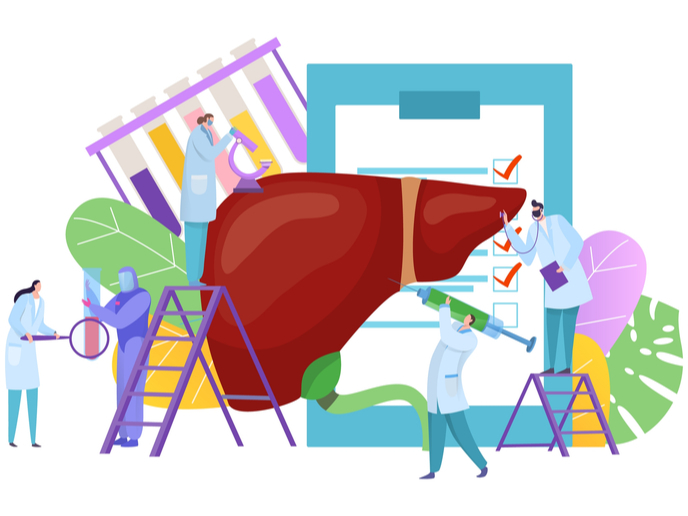Molecular evidence on how obesity may alter medication safety
Non-alcoholic fatty liver disease(opens in new window) (NAFLD) is characterised by fat build-up in the liver and may progress to non-alcoholic steatohepatitis(opens in new window) (NASH), liver failure or cancer. Although more than 40 % of obese people are likely to develop NAFLD, there are no overall successful therapies to date, and our understanding of the impact of NAFLD on medication efficacy and safety is limited.
Insight into the drug and bile acid transporter OSTα/β
The OSTtrans project aimed to investigate the expression and function of drug and bile acid transporters in NAFLD. The research was undertaken with the support of the Marie Skłodowska-Curie Actions(opens in new window) (MSCA) programme and involved mass spectrometry-based proteomic analysis of liver tissue from subjects with NAFLD or NASH. Researchers focused on the organic solute transporter alpha/beta (OSTα/β), a heteromeric solute carrier protein that transports bile acids, steroid metabolites and drugs in and out of cells. The hepatic expression of OSTα/β is normally low but can increase dramatically in NASH and in conditions with elevated bile acid levels in the liver. Although drugs associated with hepatotoxicity modulate OSTα/β activity, the clinical implications for bile acid and drug disposition remain to be elucidated. Because OSTα/β is a bidirectional transporter, both uptake and efflux directions were of interest to OSTtrans scientists. For this reason, they employed a human cell line overexpressing human OSTα/β and set up an in vitro method that allowed the comparison of both transport directions. This approach provided information not only on the transported substrate levels but also on the chemical composition inside and outside the cells. Moreover, the scientists evaluated the interaction and effect of drugs and endogenous compounds on OSTα/β transporter activity.
OSTtrans prospects in drug safety
Obesity is reaching epidemic proportions, with nearly 50 % of European citizens being obese. “Contrary to drug-metabolising enzymes, little is known about the role of drug and bile acid transporters in metabolic conditions,” says the MSCA research fellow Melina Malinen. The OSTtrans project provided mechanistic knowledge on OSTα/β, which is expected to advance research in the field and help develop new chemical entities for chronic metabolic and liver diseases. The research team plans to continue the work on hepatic transporters by further evaluating their expression and function. At the same time, the methodologies generated will fuel the discovery of novel drug interactions with hepatic transporters. Inhibition of a hepatic transporter may actually be an alert for drug-induced liver injury (DILI) risk. On another level, the OSTtrans project addresses a key medical issue. Considering that the liver is the primary site for the biotransformation of drugs, it is unclear whether obesity or chronic liver disorders affect the efficacy and safety of medications. By advancing knowledge on the transporters abundant in liver diseases, OSTtrans paves the way towards safer and more efficacious drugs.







